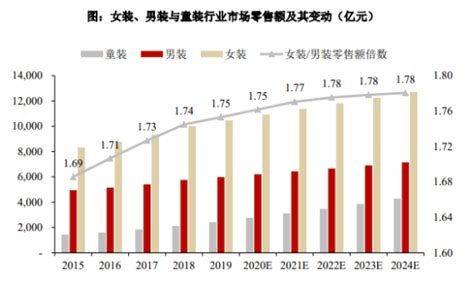2020年服装行业pest分析
- 经验
- 2024-05-09
- 868
Title: PEST Analysis for Clothing Companies: Navigating Environmental Factors
Introduction
In the competitive landscape of the clothing industry, understanding the external environment is crucial for strategic decisionmaking. PEST analysis provides a framework to assess the Political, Economic, Social, and Technological factors affecting a clothing company's operations. Let's delve into each component to grasp its significance and implications for clothing companies.
Political Factors
Political factors encompass governmental policies, regulations, and stability that can significantly impact clothing companies:
1.
Trade Policies
: Changes in trade policies, tariffs, and trade agreements can affect the cost of importing raw materials and exporting finished products. Clothing companies must monitor trade negotiations and adjust their sourcing strategies accordingly.2.
Labor Laws
: Regulations regarding minimum wage, working conditions, and labor rights influence production costs and ethical sourcing practices. Compliance with labor laws is essential to maintain brand reputation and consumer trust.3.
Environmental Regulations
: Increasing focus on sustainability and environmental protection has led to stricter regulations on waste management, emissions, and sustainable sourcing practices. Clothing companies need to adopt ecofriendly processes to align with these regulations.Economic Factors
Economic factors encompass macroeconomic conditions that impact consumer purchasing power and overall market dynamics:
1.
Consumer Income
: Disposable income levels directly affect spending on clothing. Economic downturns may lead to reduced consumer spending on nonessential items, prompting clothing companies to adjust pricing strategies and product offerings.2.
Exchange Rates
: Fluctuations in exchange rates influence the cost of imported materials and international sales. Clothing companies with global operations are vulnerable to currency risks and may employ hedging strategies to mitigate these risks.3.
Inflation Rates
: High inflation rates can increase production costs, affecting pricing strategies and profit margins. Clothing companies must closely monitor inflation trends and adjust pricing to remain competitive.Social Factors
Social factors encompass cultural trends, demographics, and consumer behaviors that shape demand for clothing products:
1.
Fashion Trends
: Rapid changes in fashion trends and consumer preferences require clothing companies to maintain agility in product design and marketing strategies. Staying attuned to evolving fashion trends is essential for sustaining consumer interest.
2.
Demographic Shifts
: Changes in demographics, such as aging populations or shifts in household structures, influence demand for specific clothing categories. Clothing companies must adapt their product offerings to cater to diverse demographic segments.3.
Consumer Preferences
: Growing awareness of sustainability, ethical sourcing, and social responsibility influences consumer preferences. Clothing companies that prioritize transparency and ethical practices can gain a competitive edge and build brand loyalty.Technological Factors
Technological factors encompass innovations and advancements that impact production processes, distribution channels, and consumer interactions:
1.
ECommerce
: The proliferation of ecommerce platforms has transformed the retail landscape, offering clothing companies opportunities to reach a wider audience and enhance customer convenience. Investing in ecommerce capabilities and omnichannel strategies is crucial for staying competitive.2.
Automation
: Advancements in automation technologies, such as robotic manufacturing and AIdriven supply chain management, have the potential to streamline production processes and reduce labor costs. Clothing companies should evaluate the feasibility of integrating automation while considering its impact on employment and quality control.3.
Digital Marketing
: Digital marketing channels, including social media, influencer partnerships, and targeted advertising, play a significant role in reaching and engaging consumers. Clothing companies need to leverage digital marketing tools effectively to enhance brand visibility and customer engagement.Conclusion
In conclusion, conducting a thorough PEST analysis enables clothing companies to identify external factors shaping their operating environment and formulate strategic responses accordingly. By proactively addressing political, economic, social, and technological trends, clothing companies can adapt to market dynamics, mitigate risks, and capitalize on emerging opportunities for sustainable growth and competitive advantage.
下一篇
男明星手表佩戴图片